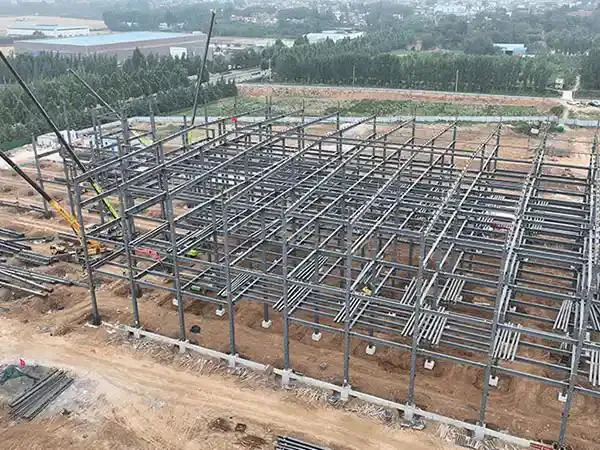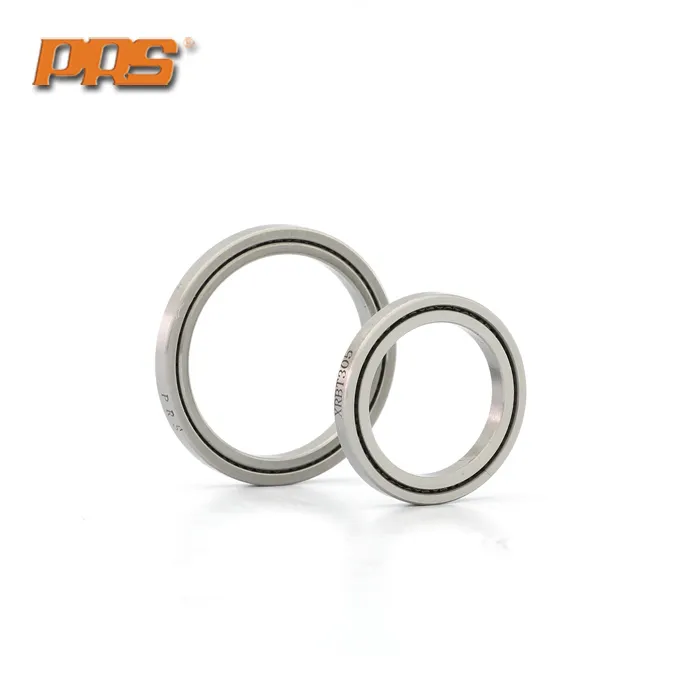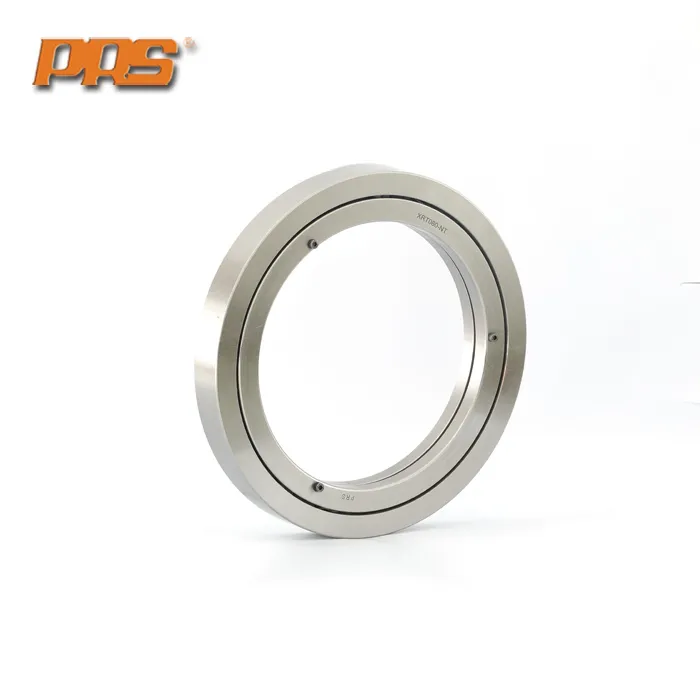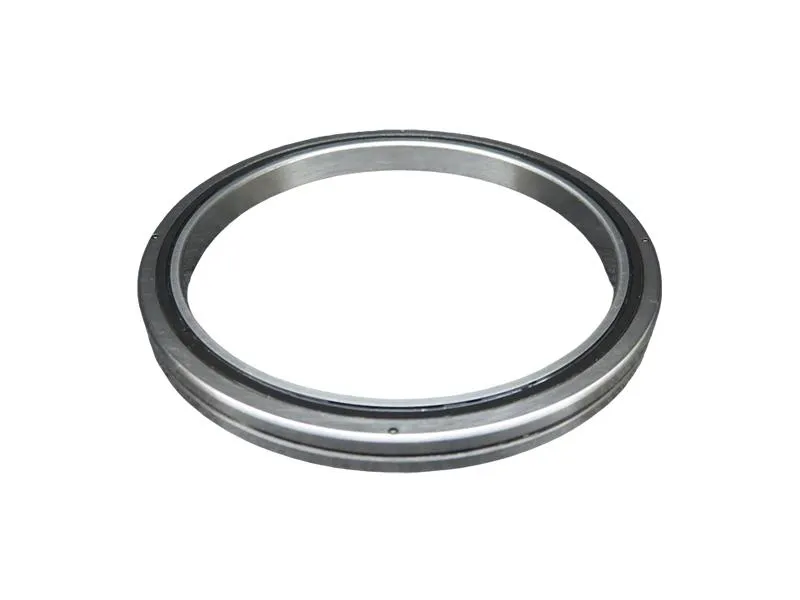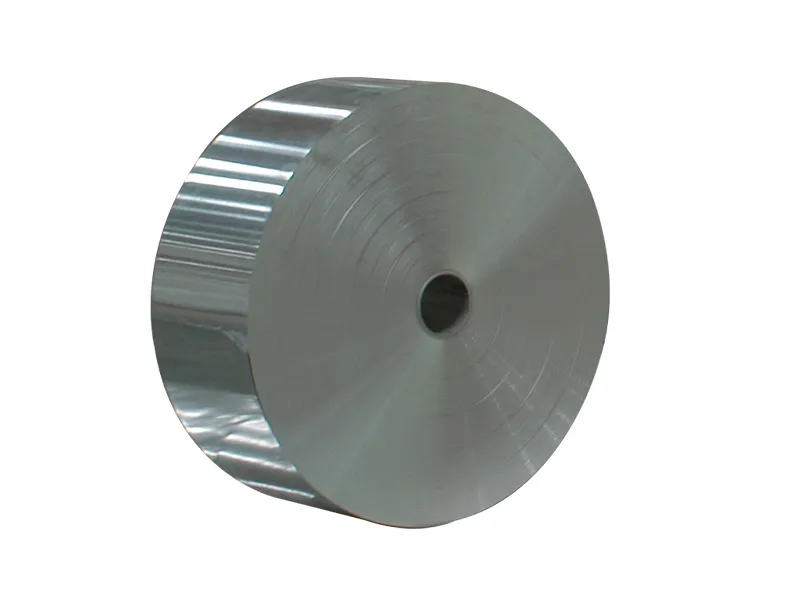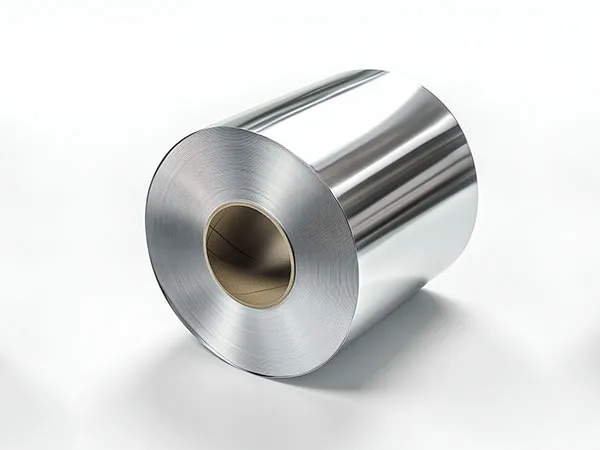Проектирование Стальная структура завода требует тщательного планирования, техническая экспертиза, и глубокое понимание производственных операций. Стальные конструкции славятся своей долговечностью., Гибкость, и экономическая эффективность, что делает их популярным выбором для строительства современных заводов.. Это пошаговое руководство поможет вам спроектировать сейф., эффективный, и долговечное здание завода из стальных конструкций.
Как спроектировать заводское здание из стальных конструкций

1. Проанализируйте свои производственные требования
Прежде чем погрузиться в структурное проектирование, важно оценить ваши производственные процессы:
Планировка завода: Оптимизируйте размещение оборудования, эффективность рабочего процесса, и складские помещения.
Грузоподъемность: Для тяжелого оборудования могут потребоваться усиленные колонны., балки, или фонды.
Будущее расширение: Планируйте рост, чтобы избежать дорогостоящих изменений в будущем..
Правильный анализ на этом этапе гарантирует, что завод стальных конструкций отвечает как текущим, так и будущим эксплуатационным потребностям..
2. Выберите подходящий тип стальной конструкции
Выбор правильного типа стальной конструкции имеет решающее значение для производительности и экономической эффективности.:
Каркасные конструкции: Идеально подходит для предприятий, которым требуются большие, открытые помещения без внутренних стен.
Портальные рамки: Экономичный выбор для малых и средних производств..
Композитные конструкции: Сталь в сочетании с бетоном для дополнительной прочности и долговечности..
…
Для получения более подробной информации о том, как проектировать заводские здания из стальных конструкций., пожалуйста, нажмите, чтобы посетить:https://www.hcggsteel.com/a/news/steel-structure-factory-building-design.html

